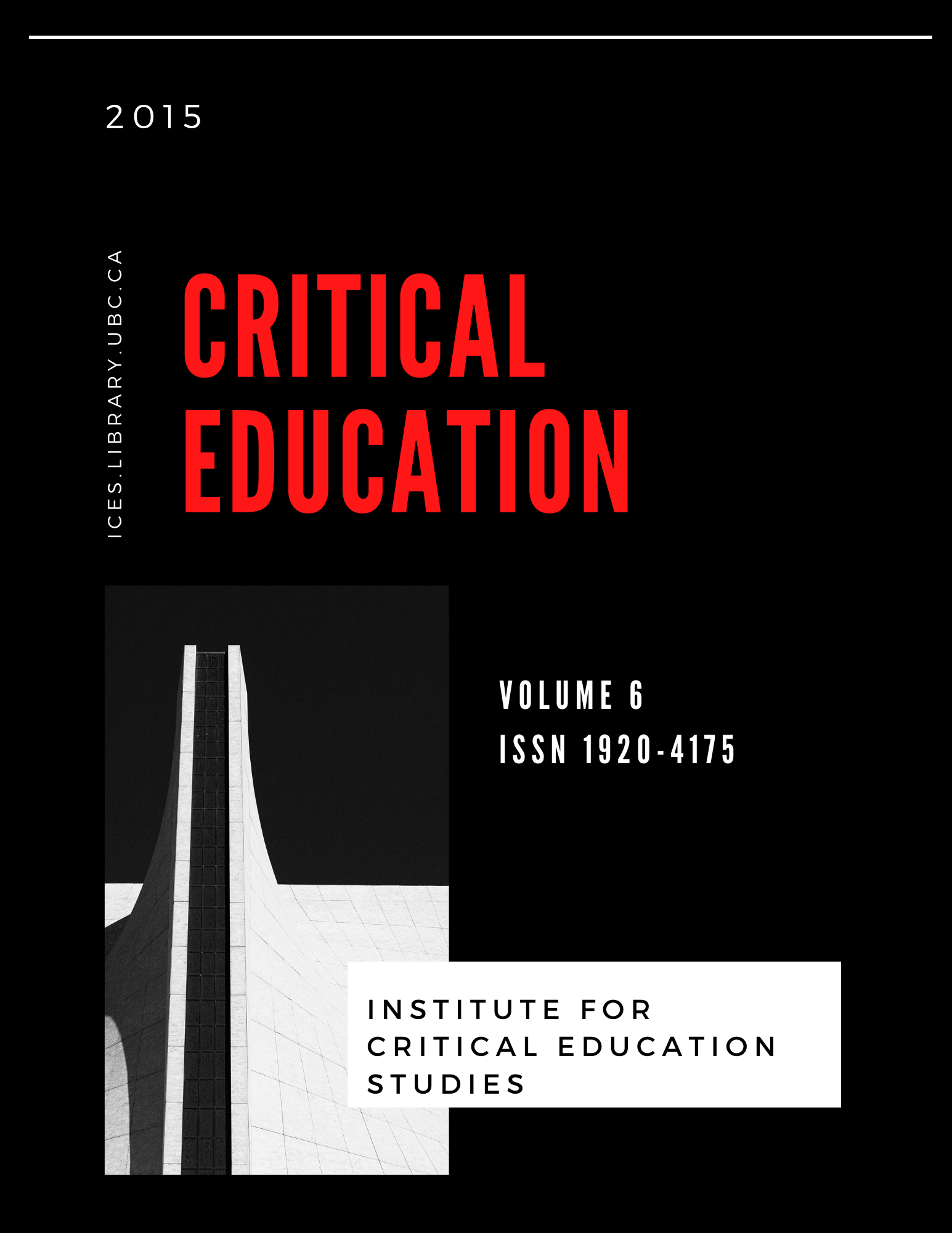Analyzing the Visual Discourse of Charter Schools in the News
DOI:
https://doi.org/10.14288/ce.v6i10.184913Keywords:
Educational Reform, Discourse Analysis, Semiotics, Visual Rhetoric, Charter Schools, Political Cartoons, Educational Policy, NeoliberalismAbstract
This study examines a number of political cartoons focused on various aspects of charter school reform. These images illustrate the ways in which political cartoons are able to tap into dominant cultural beliefs in order to call attention to particular issues often from a critical perspective. The paper unpacks the meaning embedded in these cartoons through the use of tools borrowed from both the study of semiotics and the field of visual rhetoric. With regard to semiotics, the study focuses on identifying the signs and symbols embedded within the images. With respect to visual rhetoric, the study focuses on the way the images condense and combine ideas, present opposing position, and seek to normalize or challenge particular perspectives. More generally, the study uses political cartoons as a means to identify currents of opposition and possibilities for contestation in relation to the dominant direction of educational reform. In the case of charter school reform, political cartoons open up a discursive space for consideration and critique of current policies and their consequences. These cartoons provide access to a discourse that questions the benefits of charter school reform and stands in opposition to the dominant neoliberal discourses now shaping educational policy.Downloads
Published
2015-05-15
Issue
Section
Articles
License
Authors who publish with Critical Education agree to the following terms:
- Authors retain copyright and grant the journal right of first publication with the work simultaneously licensed under a Creative Commons Attribution License that allows others to share the work with an acknowledgement of the work's authorship and initial publication in this journal.
- Authors are able to enter into separate, additional contractual arrangements for the non-exclusive distribution of the journal's published version of the work (e.g., post it to an institutional repository or publish it in a book), with an acknowledgement of its initial publication in this journal.
- Authors are permitted and encouraged to post their work online (e.g., in institutional repositories or on their website) prior to and during the submission process, as it can lead to productive exchanges, as well as earlier and greater citation of published work (See The Effect of Open Access).












